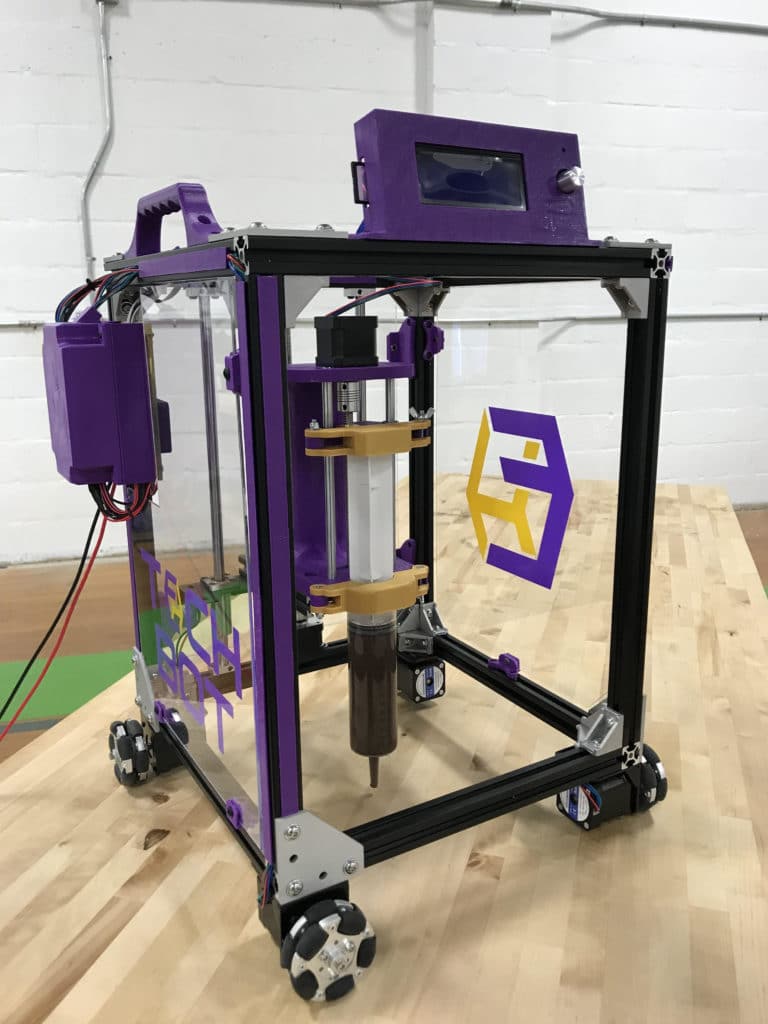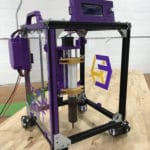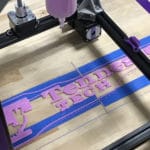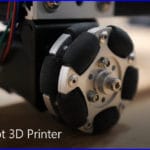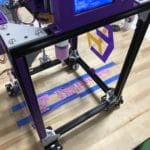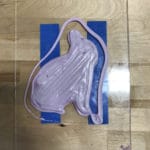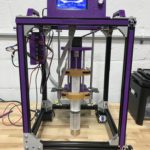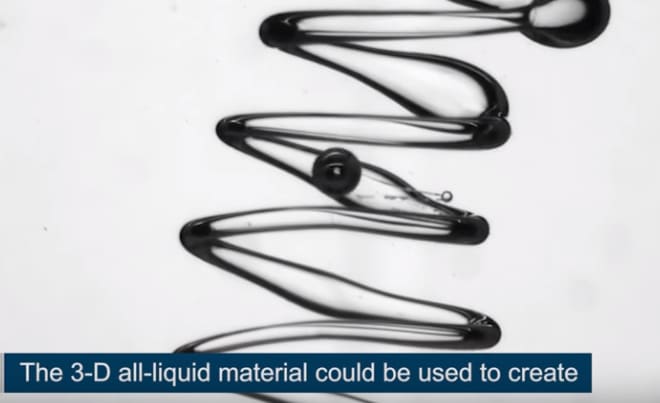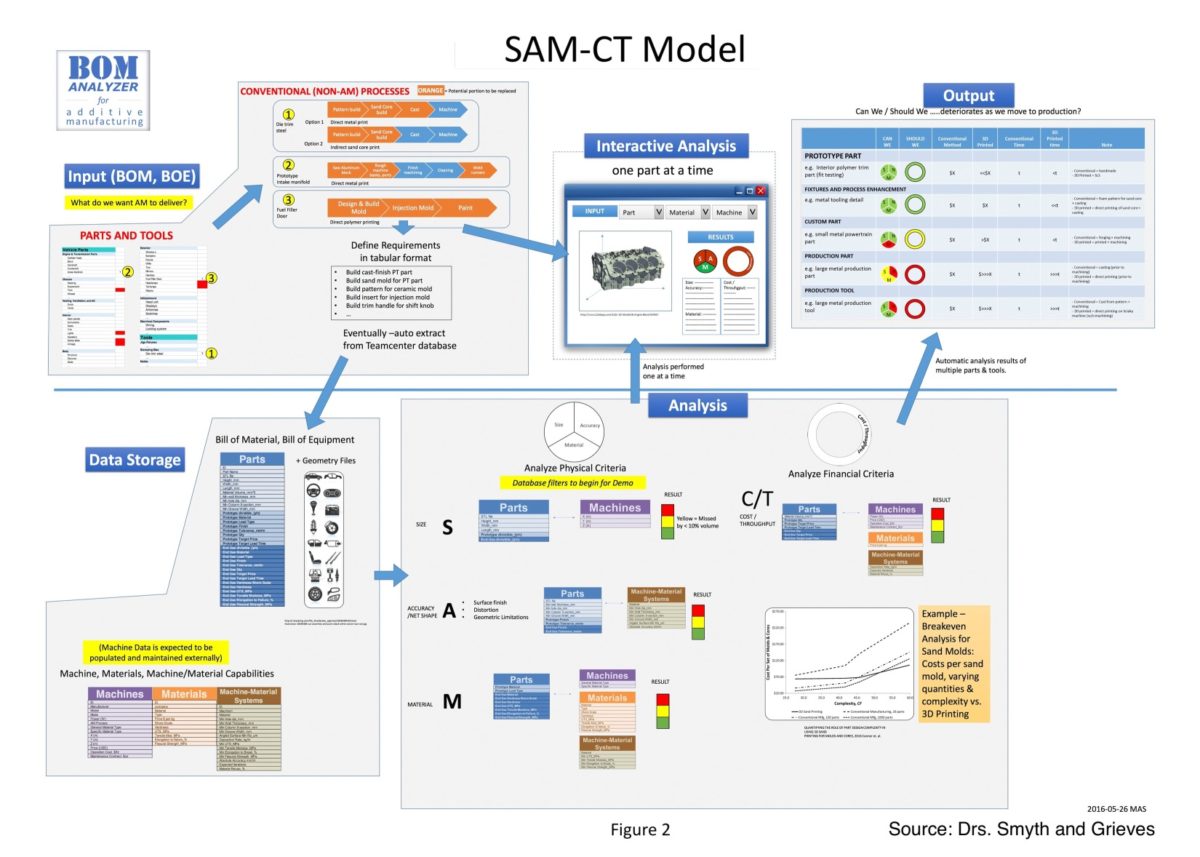Hiring technicians with the skills required to work in additive manufacturing continues to be a serious challenge for most companies. Thanks to an innovative new registered apprenticeship program for additive manufacturing technicians, manufacturers have a way to develop and enhance their workforce.
In a free webinar on Thursday, May 2, 2019, TEAMM Network member, the National Coalition of Advanced Technology Centers (NCATC), will present details about an upcoming, new apprenticeship training program for 3D Printing Technicians as well as other occupational trade apprentice program opportunities.
You can register for the virtual event at the America Makes and RCBI Apprenticeship Works signup page. It begins at 8am Pacific/11am Eastern.

The “Developing Additive Manufacturing Talent through the Apprenticeship Model” webinar will explore:
-
- An overview and information on the additive manufacturing/3D printing technician apprenticeship program
- How an apprenticeship program can improve your recruitment, retention, and succession planning efforts
- How apprenticeship increases your company’s productivity and improves quality
- Features of the new AM technician apprenticeship
- Benefits to partnering with the Apprenticeship Works program at RCBI
Apprenticeship Works — the National Advanced Manufacturing Apprenticeship Partnership at the Robert C. Byrd Institute (RCBI) — makes apprenticeships more accessible and affordable for employers, helping reduce skills gaps. This national effort is funded by a $4.9 million grant from the U.S. Department of Labor that expands RCBI’s proven apprenticeship model.
According to the website: “Through Apprenticeship Works, RCBI and its team of national partners help companies develop and implement customized, world-class training that combines hands-on, work-based learning with related classroom and online instruction using the highest industry standards, ideal for small, medium and large multi-site operations.”
RCBI is looking for additional partners nationwide to expand apprenticeship opportunities in advanced manufacturing. A primary focus includes innovative pre-apprenticeship programs for women, transitioning military personnel and disadvantaged youth.
There are many occupations to choose from:
- Additive Manufacturing/3D Printing Technician (example outline)
- Tool and Die Maker
- Industrial Maintenance Technician
- Welding Technician
- Engineering Assistant
- Assembly Technician
- CNC Operator and Programmer
- Electrician
- Industrial Manufacturing Production Technician
- Die Setter
- Machinist
- Press Operator
- Quality Control Technician
- Robotics Technician
- Composites Technician
- Airframe Mechanic
- Press Brake Operator
This RCBI programs exists thanks to cooperation with the US Department of Labor Office of Apprenticeship, under the American Apprenticeship Initiative grant funding. Employers interested in participating in the Group Standards of Apprenticeship and utilizing the related outlines may contact Lucinda Curry at lcurry@rcbi.org or 304.720.7742 (All OJT and related training may be customized to meet employer needs.) This program is available nationwide.
The Robert C. Byrd Institute for Advanced Flexible Manufacturing (RCBI), part of Marshall University in West Virginia, encourages job creation, economic development, innovation and entrepreneurship by supporting manufacturing companies of all sizes. RCBI and America Makes, along with other national partners, collaborated on the first nationally recognized apprenticeship for additive manufacturing technicians, launched in fall 2018.
In addition, RCBI offers Additive Manufacturing (AM) technology with 3D Printers through its Design Works labs and is a national Center of Excellence for composite materials providing support to NASA engineers as well as first-tier Department of Defense suppliers in West Virginia.

